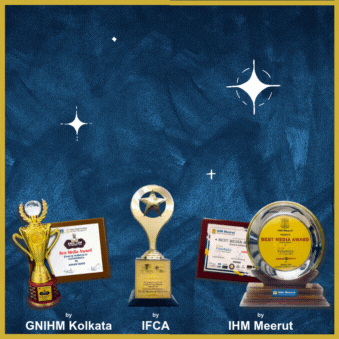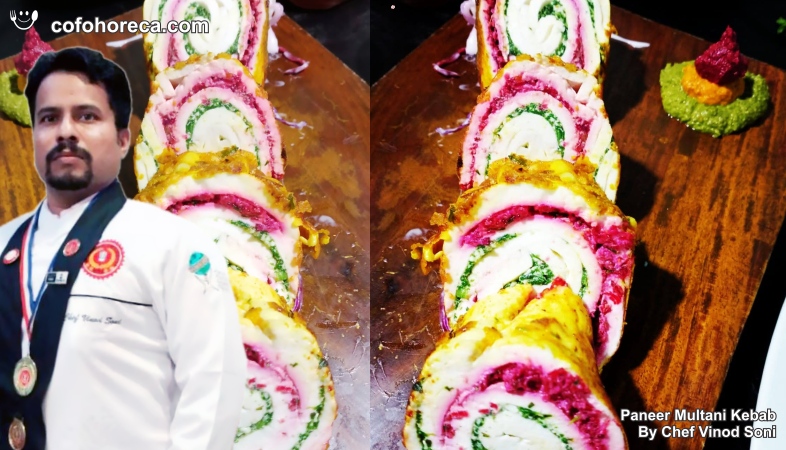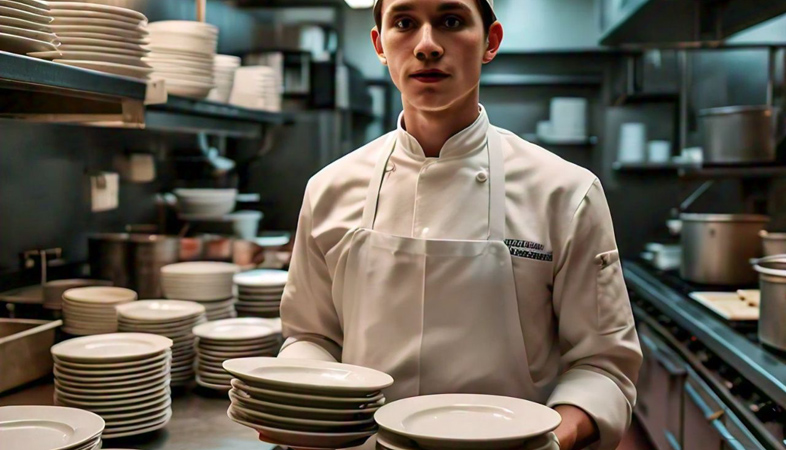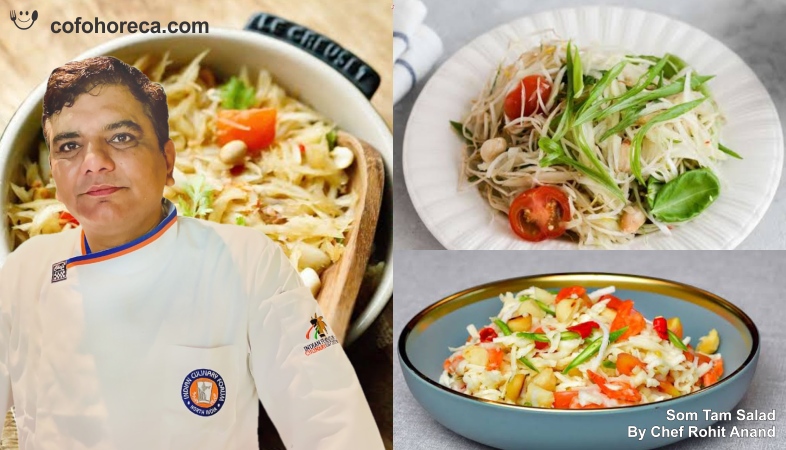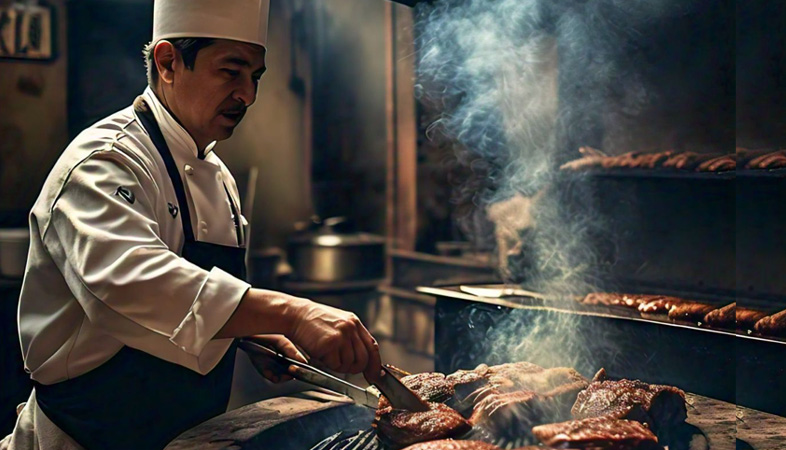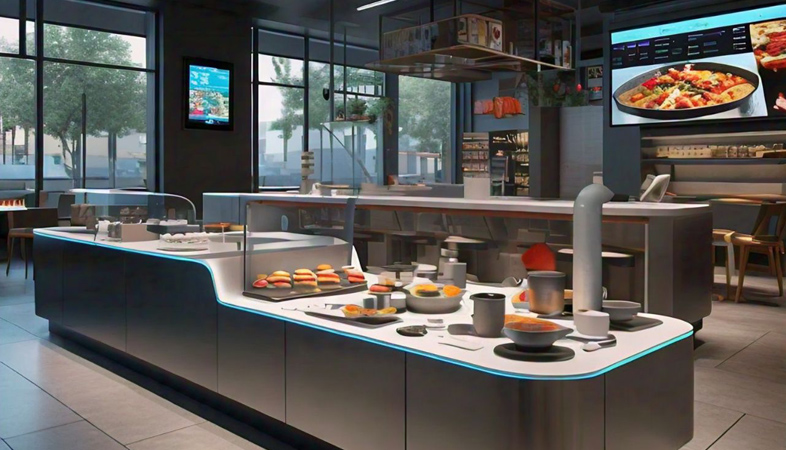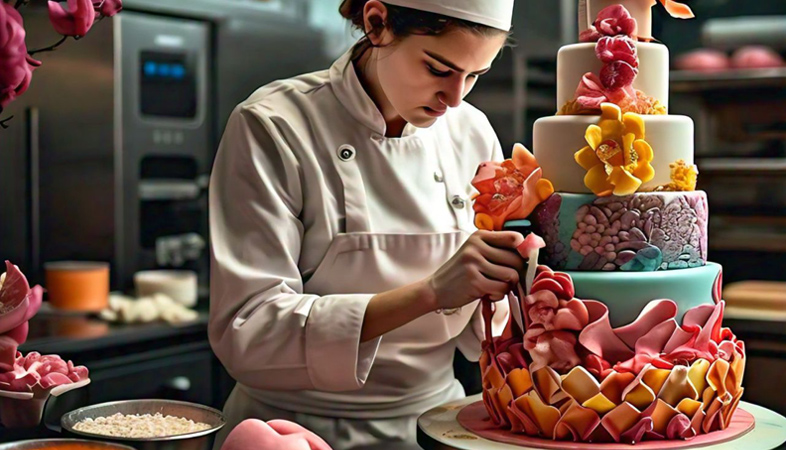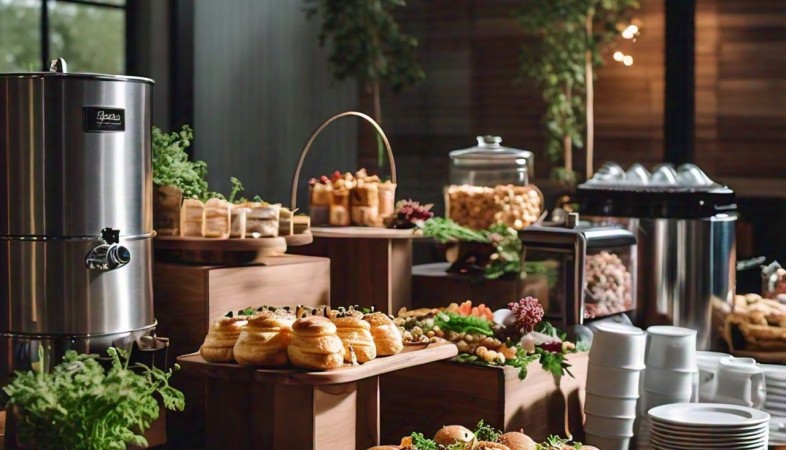Floating Buffets: How Water-Based Catering is Making Waves
As the demand for experiential dining continues to rise, floating buffets are likely to gain even more traction.
As the hospitality industry continues to seek new and
immersive dining experiences, floating buffets are emerging as a unique and
luxurious trend. Water-based catering—whether on yachts, floating restaurants,
or specially designed platforms—offers guests a blend of scenic beauty, fine
dining, and exclusivity. This concept is not only attracting high-end clientele
but also proving to be a game-changer for destination events, private
gatherings, and tourism-driven hospitality businesses.
One of the biggest appeals of floating buffets is the experience they provide. Unlike traditional dining venues, a meal on the water offers guests breathtaking views, a tranquil atmosphere, and the soothing rhythm of waves. This creates a setting that feels both intimate and grand, making it an ideal choice for weddings, corporate events, and VIP gatherings. The novelty factor alone draws attention, helping businesses differentiate themselves in a crowded market.
From a logistical perspective, water-based catering presents unique challenges and innovations. Unlike land-based operations, where food can be prepared and stored with ease, floating buffets require meticulous planning. Many floating caterers rely on compact yet highly efficient kitchens equipped with specialized storage and cooking equipment to ensure that meals remain fresh and perfectly plated. Some even use satellite kitchens on land to prepare dishes before transporting them to the floating venue, ensuring smooth service and minimal delays.
Sustainability is another crucial factor in floating buffets. Many operators are embracing eco-friendly practices to align with growing consumer preferences for responsible dining. This includes using biodegradable tableware, sourcing sustainable seafood, and implementing waste management systems that prevent pollution. Some floating venues even run on solar energy or hybrid power sources, reducing their environmental footprint while enhancing their appeal to eco-conscious guests.
Technology is playing a key role in making floating buffets more efficient and enjoyable. Advanced booking systems, AI-driven guest management, and mobile ordering platforms help streamline the dining experience. Additionally, automation in food preparation and service ensures consistency and quality, allowing for seamless operations even in unconventional settings. Some high-tech floating buffets also integrate LED-lit underwater dining spaces or digital projection mapping to create an immersive ambiance that enhances the overall experience.
The flexibility of floating buffets also makes them highly adaptable to different themes and cuisines. Whether it’s a Mediterranean seafood spread, a gourmet sushi experience, or a lavish international buffet, the concept can be tailored to suit diverse guest preferences. This adaptability is attracting both luxury travelers and adventure-seekers, further expanding the market for water-based dining experiences.
As the demand for experiential dining continues to rise, floating buffets are likely to gain even more traction. They offer a perfect blend of exclusivity, innovation, and scenic beauty, making them a prime choice for guests looking to elevate their dining experiences. With the right balance of logistics, sustainability, and creative execution, water-based catering is set to make waves in the hospitality industry for years to come.
.png)




